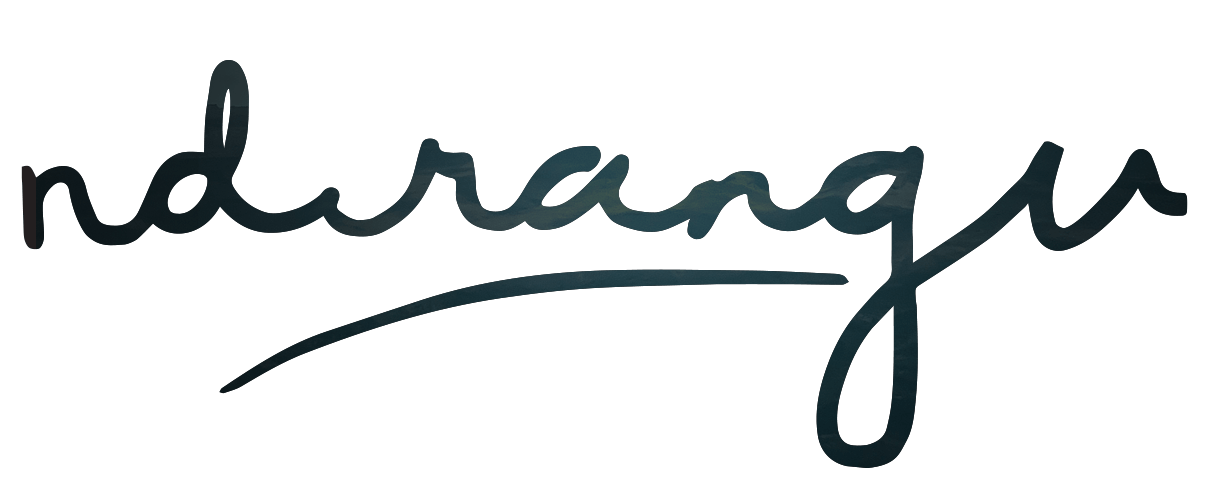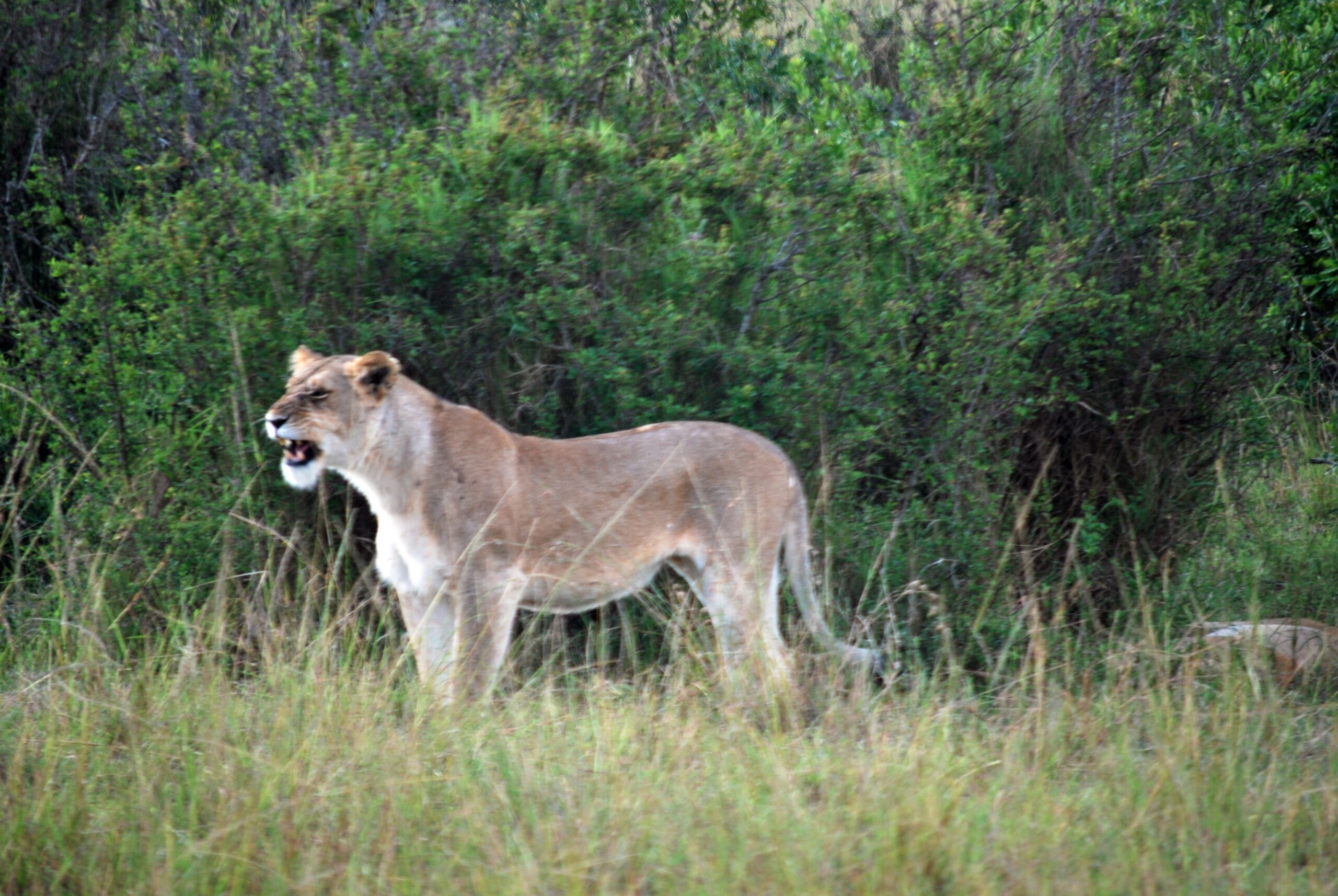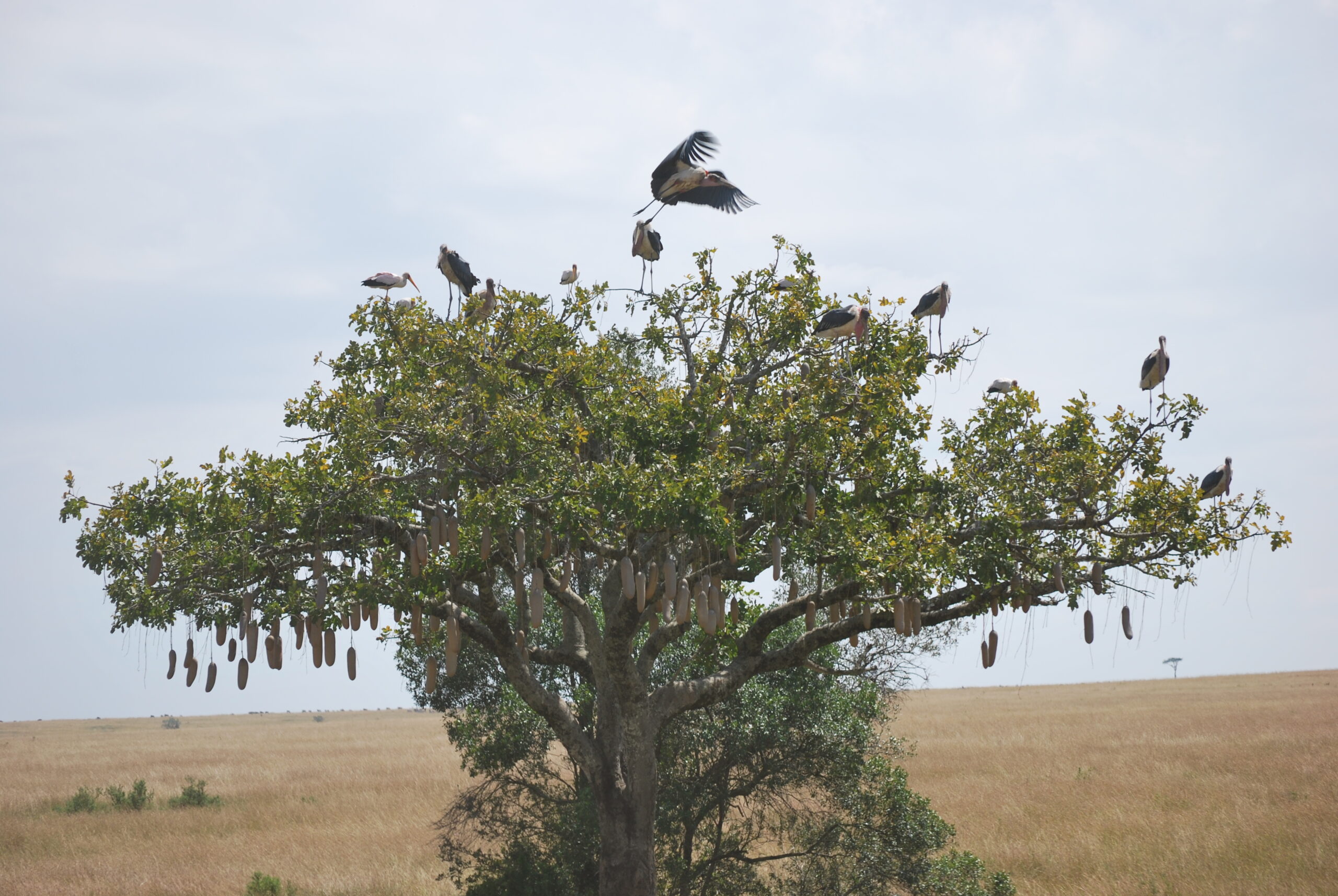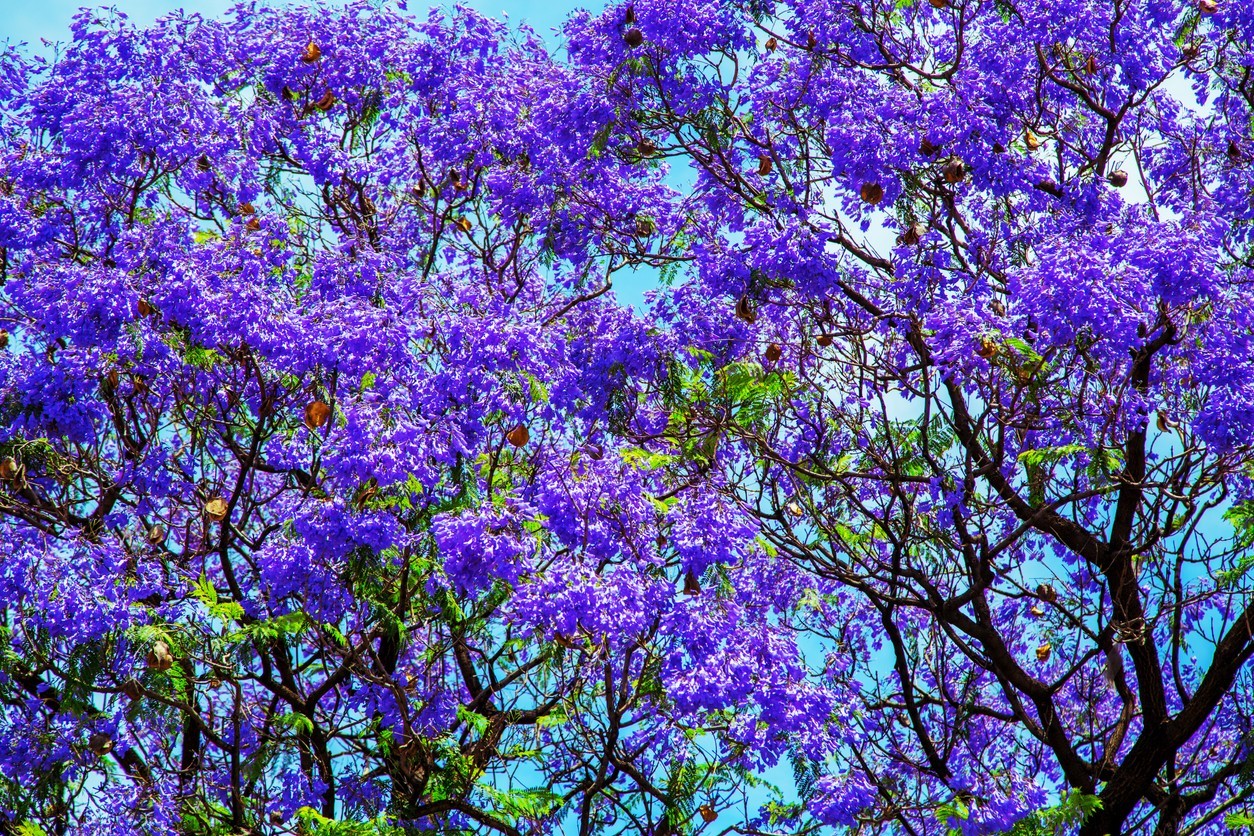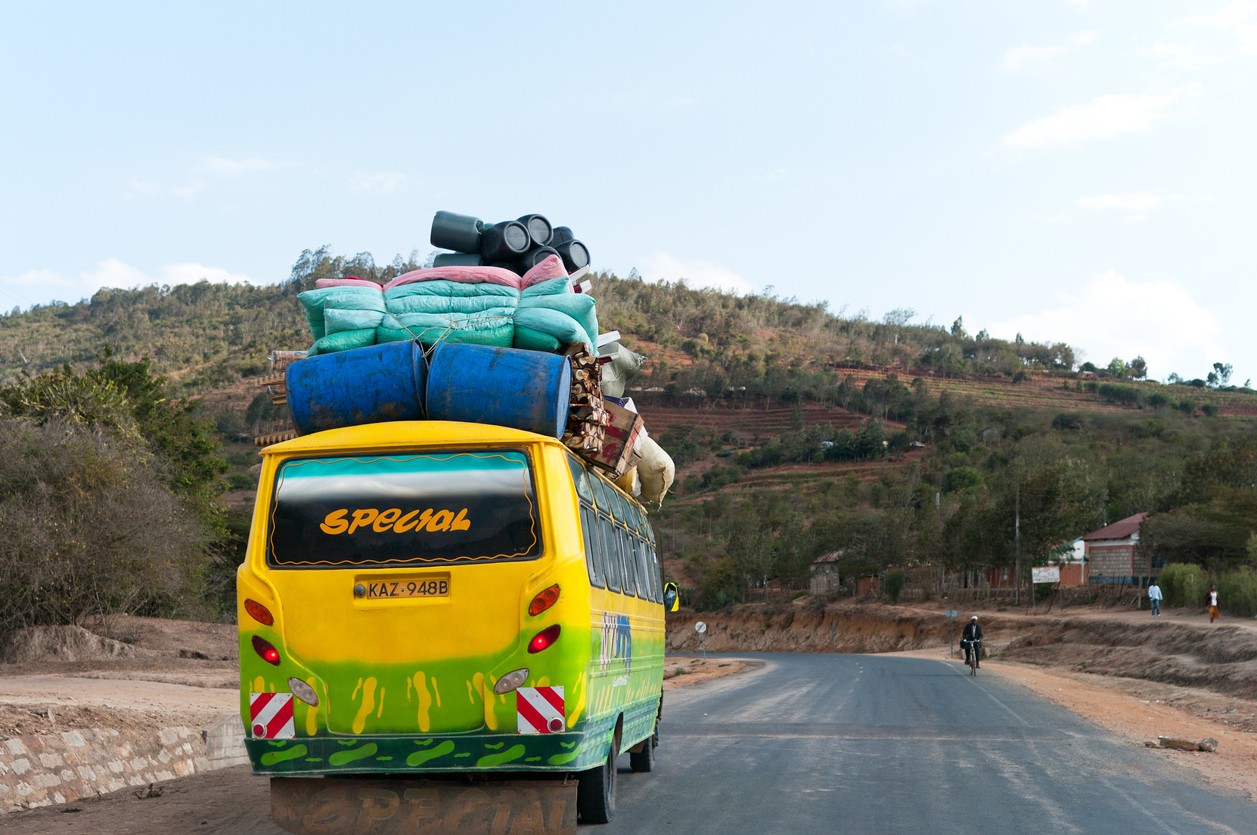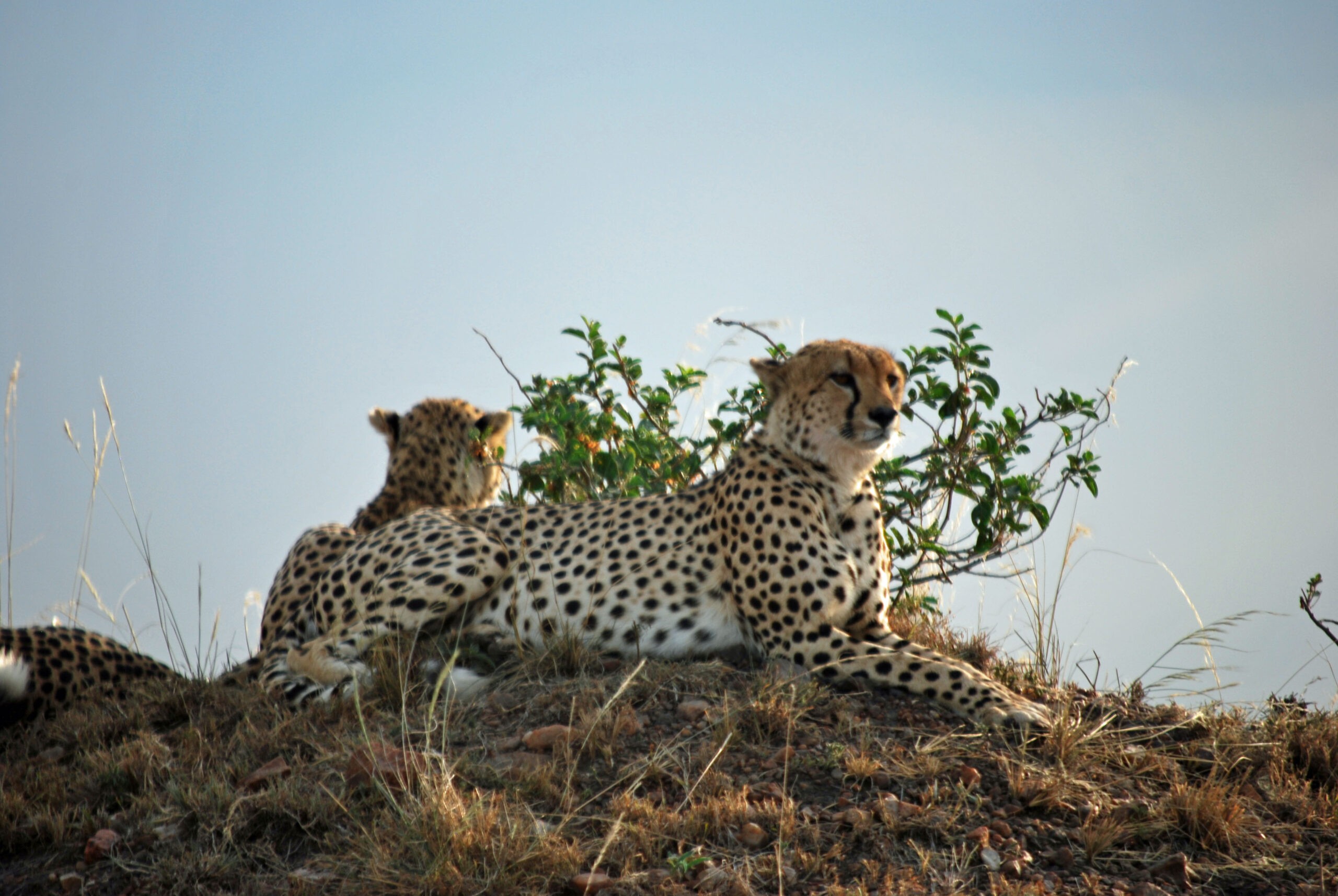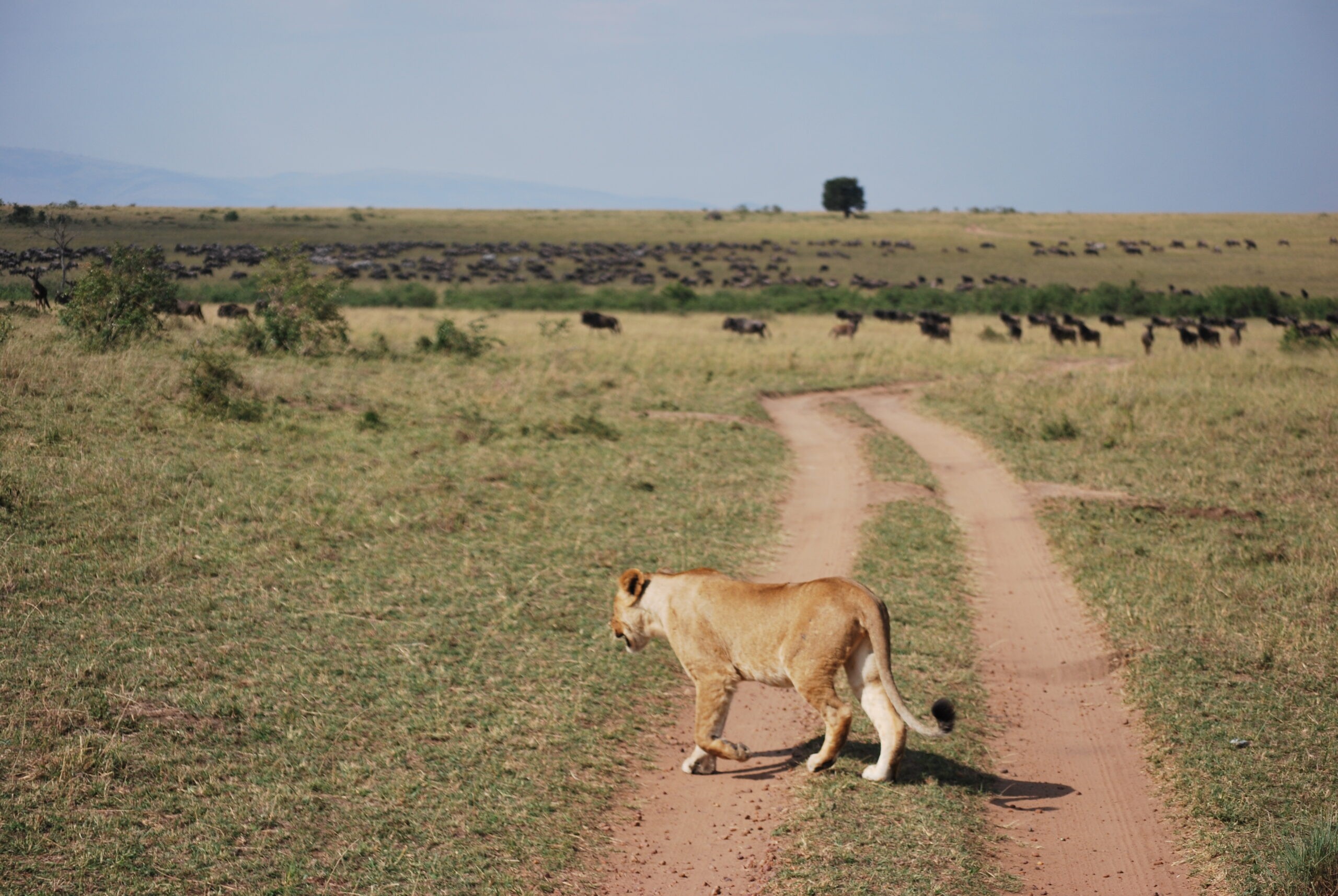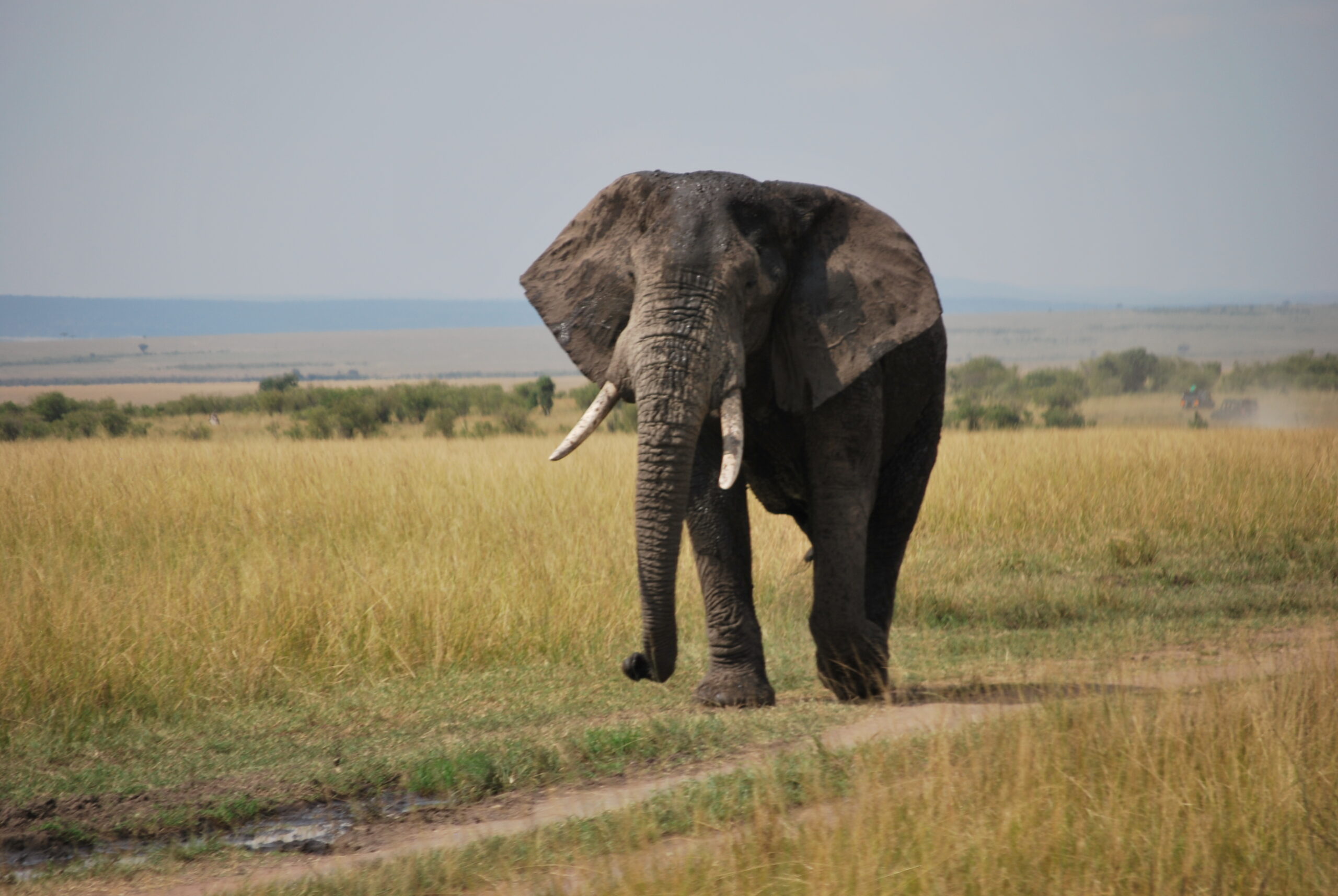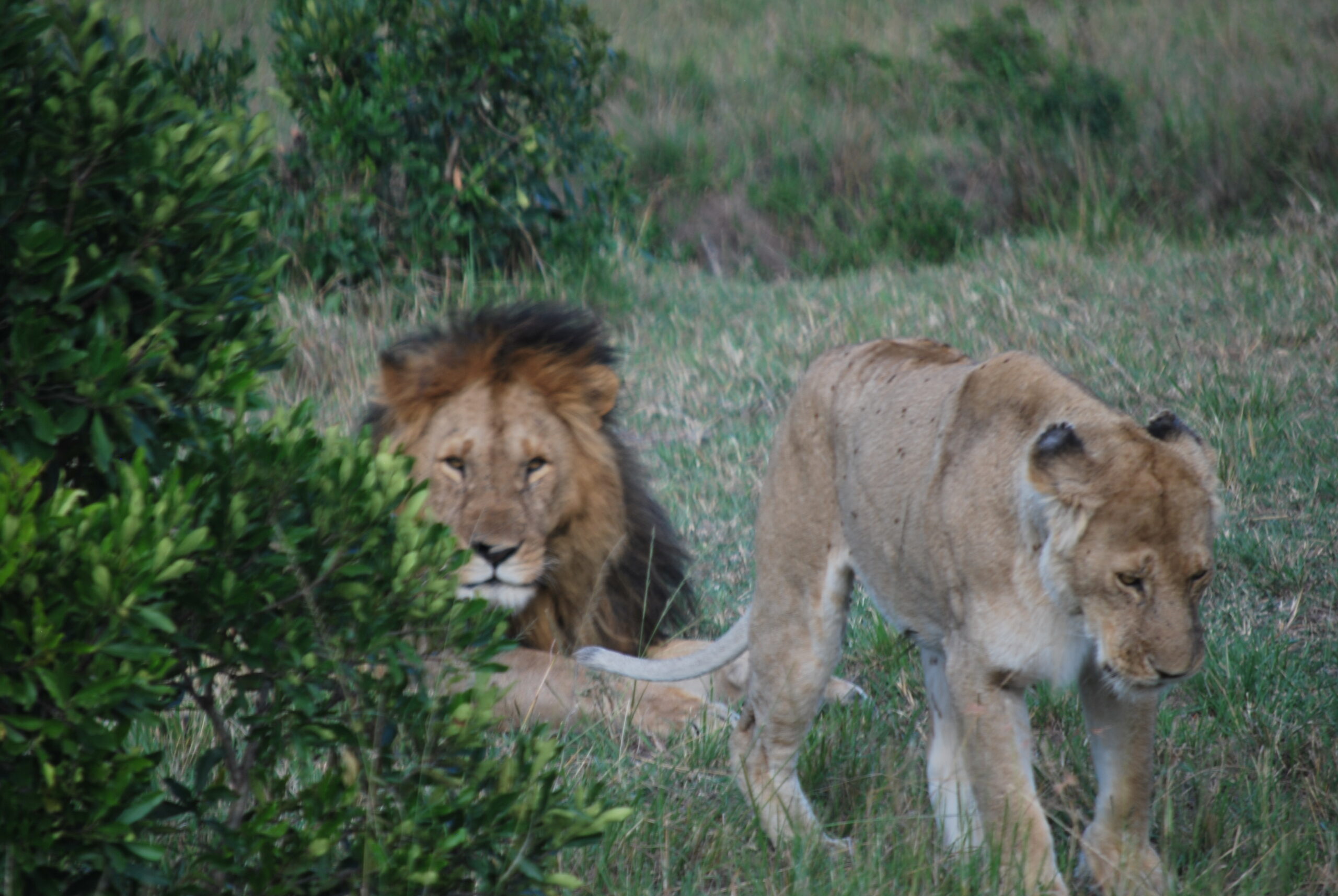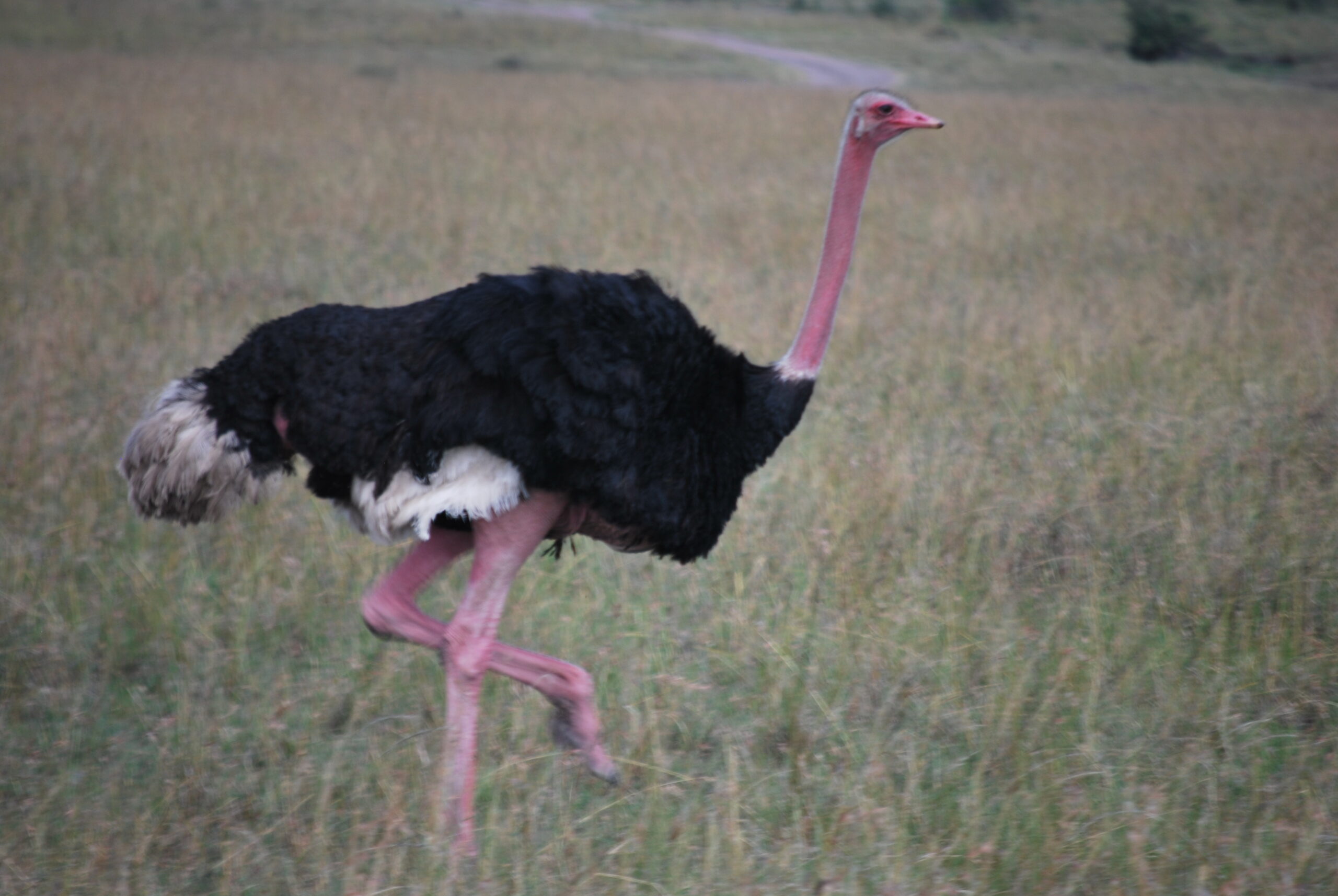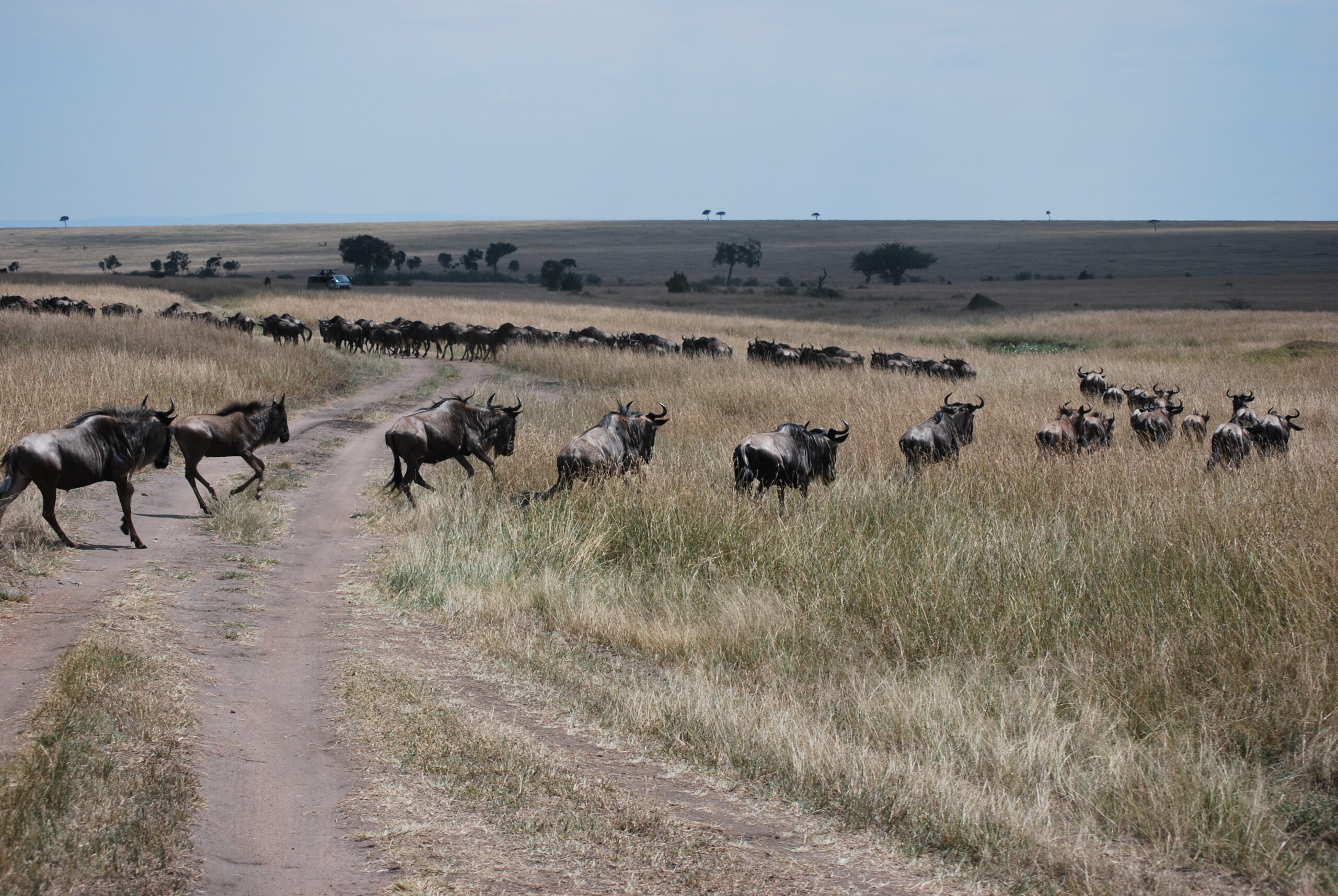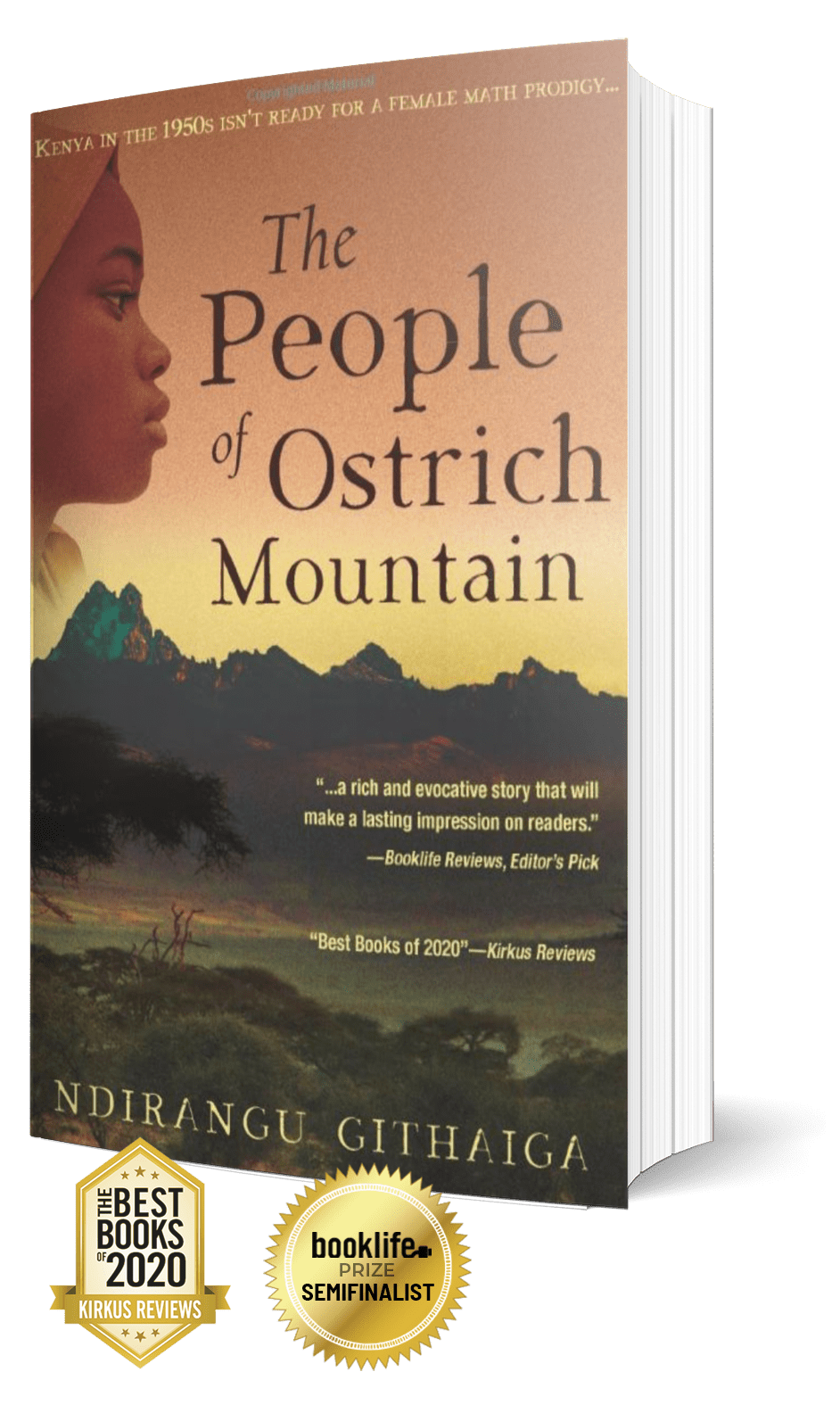
The People of Ostrich Mountain
AVAILABLE IN

REVIEWS
Reader’s Favorite
". . . Powerful and absorbing, this novel is a must-read for its vivid depictions and literary relevance."
LoveReading, UK
"This is a book you can relax into, a family and friendship story that I thoroughly enjoyed reading and would highly recommend."
BookLife Reviews (Editor’s Pick)
"Githaiga introduces readers to a bevy of memorable characters that are so skillfully drawn that they effortlessly leap off the page and into readers’ hearts.”
The Booklife Prize, Critic’s Report
"This excellent historical novel offers a vivid, multigenerational portrait of a Kenyan family. With literary prowess and great authenticity, the author explores both the triumphs and challenges faced by individuals who continue to carry the scars of colonialism."
Kirkus Reviews (Starred Review)
“A rich, absorbing story of destinies intertwined across time and space.”
A saga of family and friendship spanning five decades and three continents, “The People of Ostrich Mountain” chronicles the interconnected lives of three outsiders as they navigate the vagaries of race, gender and immigration.
Audio Book Preview
Book Genre
Historical African Fiction
Print Length
366 pages
Audio Length
8 hours 13 minutes
English

Author Insights
Ndirangu invites you to gain a deeper understanding of his novel by learning more about Kenyan culture, how to pronounce and “hear” the sounds of his language, and insights into his characters.
Kenyan History & Culture
The big shiny snake with smoke emanating from its head: A certain Gĩkũyũ mystic named Mũgo wa Kĩbirũ, who lived in the 18th and early 19th centuries, described visions of a large shiny snake with fire emanating from its head, traveling around the country and disgorging a strange tribe of people with pale skins who wore brightly colored garments like butterflies and carried sticks that produced fire. This was before the arrival of the British to Kenya.
Mũratina tree: for which the town Karatina is named. Its odd-looking pendant fruit is brewed to make alcohol.
Mũgũmo tree: The mũgumo tree is considered sacred among the Agĩkũyũ. Legend has it that Mũgo wa Kĩbirũ foretold that only after a certain mũgumo tree in Thika fell would the country be free of the white man. The British government took it seriously enough that they reinforced the base of the tree with large iron rings. However, it was struck by lightning and fell, and soon afterwards Kenya became independent of British colonial rule.
Jacaranda trees in bloom
Matatu: ubiquitous, colorful minivans that are the main mode of transportation for most people in Kenya.
Maasai Mara
Gĩkũyũ Pronunciations
In the Gĩkũyũ language, the squiggly accent hovering over letters “I” and “u” changes the sounds of these vowels, resulting in the seven vowel sounds below:
VOWELS
a as in Karanja
o as in Njoki
e as in Muthee
ũ as in Mũhũyũ
i as in Mwangi
u as in Nguru
ĩ as in Kĩmani
CONSONANTS
c as in Cũcũ
Ng' as in King'ori, Ng'ang'a
Ny as in Nyina, Nyeri
N before a consonant is silent, as in Ngugi, Njeri
Some Interesting Character Names
Mulligan and Mũringa: Wambũi’s mother couldn’t pronounce the name Mulligan. The closest Gikũyũ sound is Mũringa, which is somewhat ironic, because ‘Mũringa’ in Gĩkũyũ is a length of wire (skinny), in contrast to Reverend Mulligan, who was of a notably stout frame.
Lydia: Wambũi rejects the name Lydia. Of note, Lydia of Thyatira, whose name Wambũi rejected, is considered the first European convert to Christianity—she was a very successful businesswoman in her time, and Wambũi, coincidentally, excels similarly in the same vocation.
Mũthoni: literally means ‘in-law’; a popular girls’ name; fitting name for Wambũi’s mother-in-law
Kariũki: the one who comes back from the dead
Karĩithi: little shepherd boy
Gathomi: little reader/student
